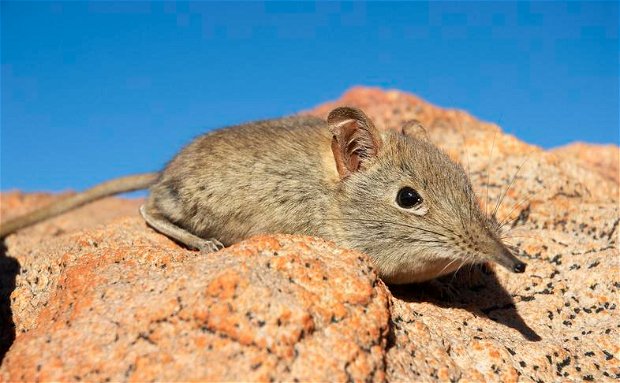The Elephant Shrew

A Tiny Wonder of the Animal Kingdom
In the vast and diverse animal kingdom, there are creatures of all shapes and sizes, each with its unique set of adaptations and characteristics. Among them, the elephant shrew stands out as a truly remarkable and fascinating species. Despite its name, the elephant shrew is not an elephant nor a shrew but belongs to its own family called Macroscelididae. This diminutive creature, also known as the sengi, captivates scientists and nature enthusiasts alike with its intriguing features and behavior.
The elephant shrew is native to the African continent, where it inhabits a variety of habitats, including grasslands, forests, and shrublands. Despite its small size, typically measuring between 10 and 30 centimeters in length, the elephant shrew boasts an astonishingly long nose, which is often compared to that of an elephant's trunk. This elongated snout, coupled with its large, expressive eyes and slender body, gives the elephant shrew a distinctive appearance.
One of the most fascinating aspects of the elephant shrew is its remarkable speed and agility. Despite its tiny stature, it possesses long, powerful hind legs that allow it to move swiftly and gracefully through its environment. This enables the elephant shrew to navigate dense vegetation and escape potential predators with ease. In fact, it can reach speeds of up to 28 kilometers per hour, an impressive feat for such a small creature.
Another noteworthy characteristic of the elephant shrew is its unique feeding habits. This species is primarily insectivorous, feeding on a variety of insects, spiders, and other small invertebrates. It uses its long nose to probe the ground and search for prey, capturing its meals with lightning-fast strikes. The elephant shrew's diet not only showcases its adaptability but also highlights its ecological role as a natural pest controller.
Despite their small size, elephant shrews are known for their complex social behavior. They establish monogamous pair bonds and engage in various forms of communication, including vocalizations and scent marking. These behaviors play a vital role in maintaining social cohesion and ensuring reproductive success within their small communities.
Unfortunately, the elephant shrew faces several threats in the wild. Habitat loss, primarily due to human activities such as deforestation and urbanization, poses a significant risk to their survival. Climate change and the associated alterations in rainfall patterns further compound these challenges. Conservation efforts aimed at protecting their habitats and raising awareness about the importance of these unique creatures are crucial for their long-term survival.
In conclusion, the elephant shrew, with its distinctive features, remarkable agility, and complex social behavior, is a testament to the incredible diversity and adaptability of life on our planet. This tiny wonder of the animal kingdom serves as a reminder of the interconnectedness of species and the need to protect and preserve the delicate ecosystems they inhabit. By understanding and appreciating these remarkable creatures, we can work towards a future where the elephant shrew and other species thrive in harmony with their environment.
In our region we are lucky to have the Eastern Rock Elephant Shrew. To find these strange and cute critters on your Kruger Park safaris, you can visit any rocky area that has large boulders and rock debris. So, if you want the opportunity of perhaps being lucky enough to see this amazing creature you need to book a safari adventure at Needles Lodge, your luxury accommodation, in Marloth Park, bordering Kruger National Park.



Share This Post